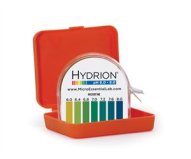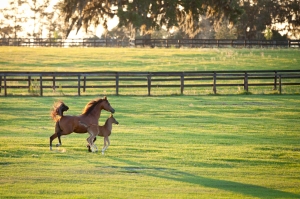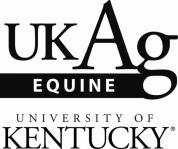Our friends at The Horse published a fantastic article last month highlighting the benefits of, “strategically stabling stallions,” to improve sperm quality, sighting a recent Swiss study. We enjoyed the results of the study and wanted to share it with you on The Equine Breeding Blog. You can read the published article here.
Bottom line; Swiss researchers discovered that stallions have improved semen quality when residing next to other stallions and then being housed next to a mare. A little competition and testosterone, perhaps?
Swiss scientists at the Swiss Institute of Equine Medicine at the University of Bern and Agroscope, located in Avenches, France, performed the study earlier this year. They found that testosterone levels, sperm count, and sperm velocity of their stallion subjects improved dramatically when housed among other stallions for 8 weeks prior to being housed next to a mare. They concluded that “stallions are able to respond to their social environment by adjusting the qualities of their sperm allocation and, potentially, resulting fertility.” Truly an amazing study and results!
These findings may assist breeders better prepare their stallions for collection, resulting in higher fertility rates!
Thanks again for stopping into The Equine Breeding Blog! Let us know if you have any equine repro questions we can address in future blogs, or if you are aware of unique, innovative, and interesting news and studies in the world of equine reproduction!
Follow @breeders_choice






